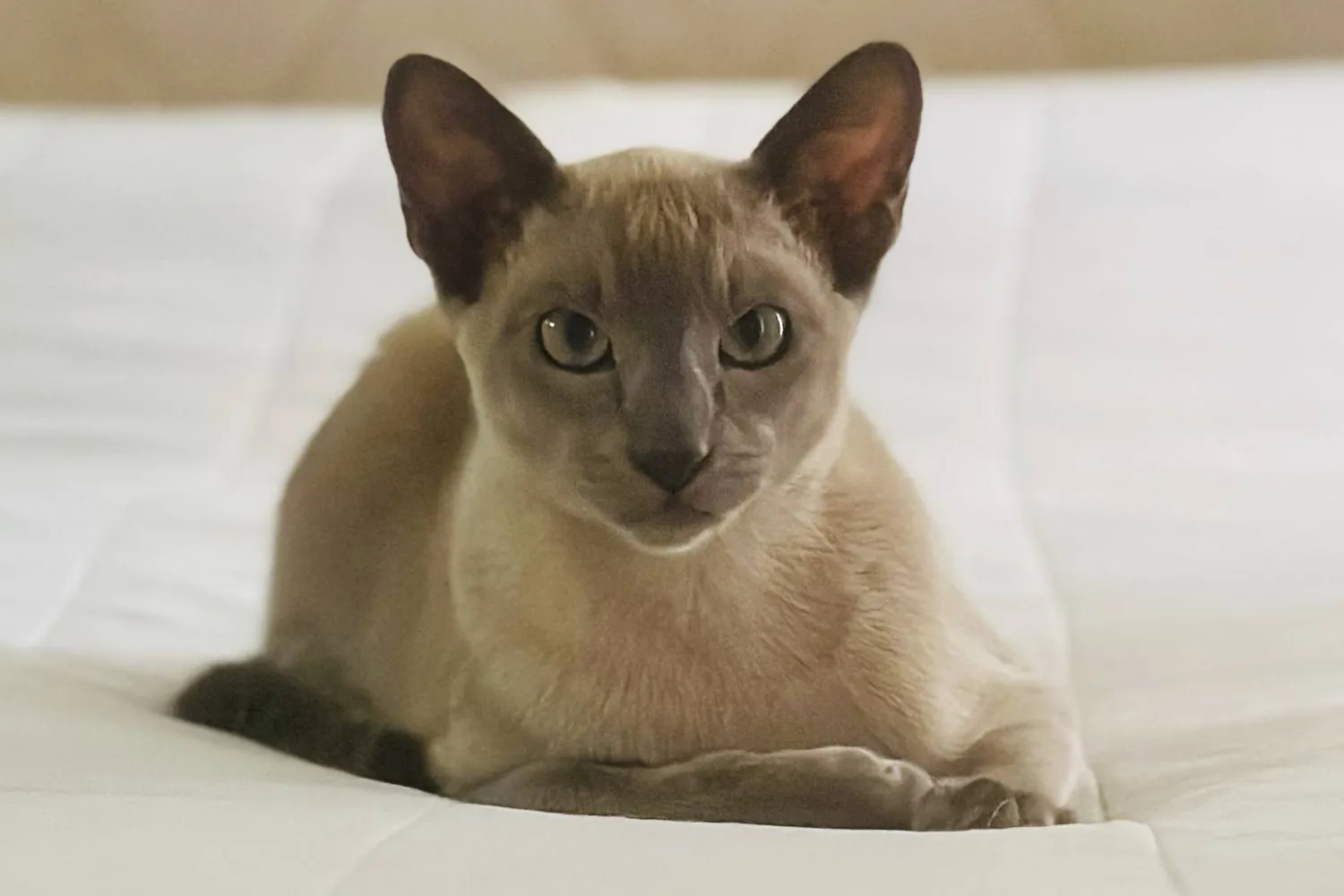Q. I just got the results of my lipid profile. My cholesterol is high, but so are my triglycerides. What exactly are triglycerides, and how are they different from cholesterol?
A. Triglycerides are the most common form of fat in the bloodstream. They consist of three fatty acid chains linked by a molecule called glycerol.
When you eat food, enzymes in your gut break down fats into their component fatty acids, which are then reassembled to create triglyceride particles. These fatty particles can't move freely through the watery bloodstream. So they combine with cholesterol and protein to form lipoproteins. Your lipid profile lists two of these lipoproteins: low-density lipoprotein (better known as LDL cholesterol) and high-density lipoprotein (also called HDL cholesterol).
But there are actually several other types of lipoproteins, including some that contain mainly triglycerides. Triglycerides can provide energy to fuel your body, while the extras are deposited in fat tissue. After a very heavy, fatty meal, your bloodstream may contain so many triglyceride particles that a blood sample may have a milky tint. But within a few hours, they're mostly cleared out. When you need energy between meals, hormones release the stored triglycerides into the bloodstream.
Your liver also converts carbohydrates into triglycerides. When you eat extra calories — especially from carbohydrate-rich foods such as sweets and white bread — your liver churns out extra triglycerides. Other things that can raise blood levels of triglycerides include being overweight or obese, smoking, or heavy drinking. Certain medical conditions —including diseases affecting the liver, kidneys, or thyroid, and poorly controlled type 2 diabetes — can also lead to high triglycerides.
For healthy adults, normal triglyceride levels are under 150 milligrams per deciliter (mg/dL). Values of 151 to 200 mg/dL are considered borderline high; those 201 to 499 are high, and those 500 and higher are very high (and increase the risk of inflammation of the pancreas gland, called pancreatitis). Growing evidence suggests that above-normal triglyceride levels can raise the risk of cardiovascular disease independent of cholesterol levels.
To get your triglycerides back into a normal range, start with lifestyle changes. Aim for a healthy weight, get regular exercise, and eat more whole, unprocessed grains. Eat fewer refined carbohydrates, and cut back on saturated fat from meat. If you drink alcohol and aren't willing to stop, do not exceed moderate amounts (no more than a drink a day for women or two daily for men).
— by Deepak L. Bhatt, M.D., M.P.H.
Editor in Chief, Harvard Heart Letter







